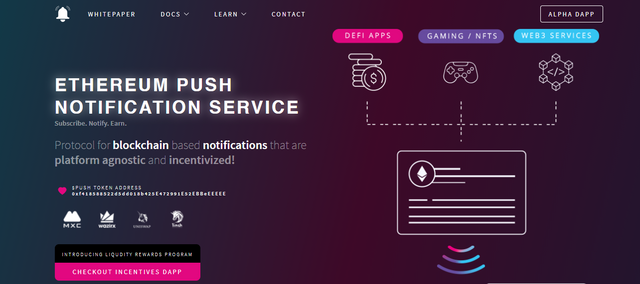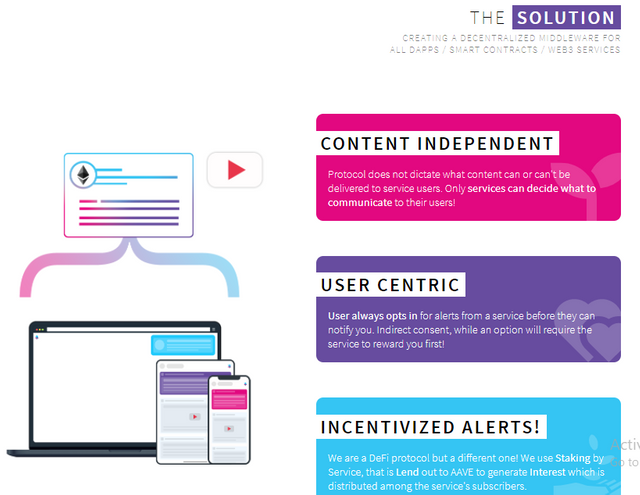Efficacy of Ethereum Push Notification Service (EPNS) in the DeFi Space
The high acceptance rate enjoyed by cryptocurrency is consequent upon several factors such as accessibility, security and decentralization. Amongst the several features of cryptocurrency, decentralization is arguably the most prominent as it is responsible for most of the benefits associated with cryptos.
It holds the key to the optimization of cryptocurrency as it confers more control on the holders and gives developers the privilege to create systems and applications. The Ethereum Push Notification Service (EPNS) is one of the projects that have optimized the blockchain industry.
The growth and expansion of web3 into gaming, DeFi loan liquidation and DEX trade order among other things warranted the need for the creation of a really decentralized communication medium. While comparison may be drawn on some of the existing blockchain projects, EPNS stands above competition with a variety of features and functionalities that are quite difficult to ignore.
The first of its Kind
EPNS is different from other decentralized applications because it is the first decentralized notification protocol where communication is transmitted in a decentralized format. EPNS is the missing link in web3 as it ensures that wallet addresses as well as dApps, Smart Contracts and Services can now disseminate notifications to their users.
Moreover, it also has a token which was scheduled for release in April 2021 which users can take advantage of for higher returns. Typically, it is normal for applications to be created to resolve a glitch or an issue but it is rather uncommon for users to stand the chance of directly benefiting from the use of such app.
While it is expedient for any new project in blockchain to solve a problem, EPNS went a notch higher by incentivizing the use of its app.
High Compatibility
Decentralized communication and timely dissemination of notifications are integral to any digital financial system. This is because the lack of timely receipt of notifications could help to bolster interest and facilitate more transactions.
Another distinguishing factor between EPNS and its competitors is the broadness of its usefulness. Users of EPNS are not limited to a specific platform for them to leverage the possibilities inherent in the app as it can still be useful across different platforms such as mobile app, crypto wallets and web browsers.
The compatibility of EPNS with different platforms makes it easier to use for clients who might prefer specific platforms to effect financial transactions.
Conclusion
The cryptocurrency industry is a rapidly evolving one and the capacity to accurately interact with internet applications helps to berth a positive user experience and customer journey.
Cryptocurrency and blockchain are progressive innovations; therefore it tends to be subject to multiple projects targeted at solving some of the problems currently associated with cryptocurrency. Hence they are subject to improvements until it becomes fully optimized.
In a digitalized world where new innovations are constantly pushed out, impressive contributions such as the EPNS will help shore up the integrity of blockchain technology and keep it relevant for many years to come.

